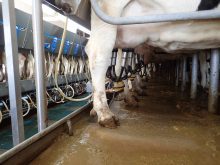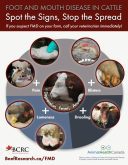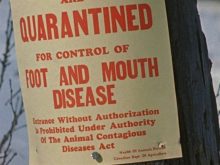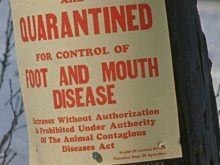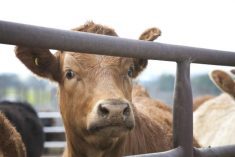The Canadian Food Inspection Agency is usually the target of complaints from farmers, consumers and the food industry but for once Auditor General Sheila Fraser has kind words for the agency.
In her latest report on government spending, Fraser says CFIA has learned from its past experiences with animal disease outbreaks that threaten farmers and consumers and “has put a lot of effort into improving its capacity to respond to emergencies.”
She offered only three suggestions for improvements including completing work CFIA has identified to better prepare its staff for identifying and containing outbreaks, and setting firm deadlines for preparing emergency preparedness plans, such as disposing of livestock that is destroyed to contain the disease. The agency said it would act on all three recommendations.
Read Also

Pig transport stress costs pork sector
Popular livestock trailer designs also increase pig stress during transportation, hitting at meat quality, animal welfare and farm profit, Agriculture and Agri-Food Canada researcher says
The discovery of BSE in Alberta in 2003 in Canada and a massive outbreak of avian influenza in British Columbia in 2004 were valuable learning experiences for CFIA, Fraser noted.
CFIA put those experiences to good use in containing further bird flu outbreaks in 2007 and 2009, she says. But it needs to demonstrate that it could manage other incidents, such as an outbreak of hoof-and-mouth disease.
“Trends in animal disease indicate that new diseases are emerging and more virulent forms of existing diseases, such as tuberculosis, are on the increase,” she warned. “Many such diseases could enter Canada because of international trade and travel.”
CFIA needs to establish emergency management plans for every high-risk disease.
“It has not identified priorities or established a plan to complete this work,” she said. “Each disease and each outbreak is unique and these results cannot be generalized to predict the agency’s response to future outbreaks.”
CFIA spends $200 million annually on animal health programs, about 30 per cent of its budget.
She recommended CFIA develop management plans based on diseases with the greatest risk, develop better emergency information systems on animal diseases and make sure its staff fully learns from documents prepared after every incident.
After the 2004 avian influenza outbreak, several weaknesses in CFIA’s handling of the incident were pointed out. They included a lack of a sufficient emergency response process, inadequate livestock testing and poor communication within the agency and with federal and provincial partners.






